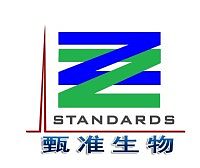The Chloroplast Protein Import Machinery: A Review
互联网
互联网
相关产品推荐

Recombinant-Mitochondrial-import-receptor-subunit-TOM20-homologtomm-20Mitochondrial import receptor subunit TOM20 homolog Alternative name(s): Translocase of outer mitochondrial membrane protein 20
¥10458

REVIEW™抗体剥离缓冲液
询价

Coronavirus Nucleocapsid重组蛋白|Recombinant SARS-CoV-2 Nucleocapsid-AVI&His recombinant Protein,Biotinylated
¥4520

Recombinant-Arabidopsis-thaliana-Mitochondrial-import-inner-membrane-translocase-subunit-Tim17TIM17Mitochondrial import inner membrane translocase subunit Tim17
¥10934

Recombinant-Kluyveromyces-lactis-Mitochondrial-intermembrane-space-import-and-assembly-protein-40MIA40Mitochondrial intermembrane space import and assembly protein 40 Alternative name(s): Mitochondrial import inner membrane translocase TIM40
¥12180
相关问答
推荐阅读
Energetic Manipulation of Chloroplast Protein Import and the Use of Chemical Cross-Linkers to Map ProteinProtein Interactions
Determining the Location of an Arabidopsis Chloroplast Protein Using In Vitro Import Followed by Fractionation and Alkaline Extraction
In vitro Analysis of the Mitochondrial Preprotein Import Machinery Using Recombinant Precursor Polypeptides

